Shadley: We Need Less Parking on Campus
(Graphic by Storey McDonald | The Daily Utah Chronicle)
October 28, 2021
After a short reprieve during the pandemic, parking on campus has once again become wildly competitive. With 60,000 students, faculty and staff returning to campus, the U’s parking lots fill up quickly, with the most popular lots filling up before 9 a.m.
After spending $145 on a parking permit to not have a place to park on campus, it’s become topical for students to groan about commuter services and the need for more parking. However, the U has already tried that.
In 2015, the U built two new parking lots that created 1,000 new spots. Those parking garages were extremely expensive, costing the U roughly $30,000 per spot. Even after spending upwards of $30 million dollars to add more parking, the problem persists. This causes most people to think “Hey, we need more parking garages and parking lots on campus,” but we’ve tried that. What if the answer to our parking problem at the U is not more parking, but less?
Why People Drive
I spoke with Andrew King, associate director of Campus Planning at the U, to try to understand why we continue to face this crippling commuting problem.
For the most part, people tend to opt for the form of commuting that they find most convenient. King finds that, currently, “our system of commuting caters to the vehicle.” Commuting to campus via public transportation can sometimes involve 10-15 minute delays that can make you late for class or stuck waiting in poor weather conditions.
With our campus situated at the top of a hill, biking or walking up to class can be physically taxing, which isn’t always what I’m looking for at eight in the morning. For some commuters, they’d rather spend a little more time looking for a parking spot than putting up with the headaches of other forms of transportation. Yet, there are costs associated with driving, too. We’ve just done a good job of hiding them.
King told me that “at any given time on campus, even at the times when people are complaining that ‘there’s no parking,’ there are hundreds of vacant stalls.” The closest stalls to your class may be unavailable, creating a perceived shortage of parking. That shortage, real or not, leads to worse air quality and more carbon emissions.
A study done at UCLA found that people spent about 3.3 minutes looking for parking. Which, when multiplied by all the people who park there in a given year, leads to the burning of an additional 47,000 gallons of gasoline, or 730 tons of carbon. When we already suffer some of the worst air quality in the world, we cannot afford to make it worse.
So, what are our options? We can either spend tens of millions of dollars adding to our already abundant supply of parking spaces, ruining our air quality and taking up more space on campus, or we can rethink commuting on campus and make other forms of transportation more convenient. Let’s imagine the latter.
A Campus Built for People
You wake up, late for class, quickly sling your backpack over your shoulder, and jog out the front door. The new TRAX line they put up stops a block from your apartment, so it only takes you a few minutes to get there. As you approach the stop, a train rushes up the hill with hundreds of students, you just missed it. “Oh, well,” you think, “another one will be here soon.” Sure enough, another train shows up two minutes later. You have a brief chat with one of your friends who’s also on the train, and decide to grab coffee together on your lunch break.
The train comes to a stop at central campus and you hop off, your class is about a 15-minute walk from here, but it starts in eight minutes. Where the parking lot used to be, there’s now a docking station for dozens of motorized scooters and bicycles. You think about taking the shuttle instead, which leaves every four minutes, but it’s a nice day out, so you tap your transportation card on the screen and jump on a motorized scooter.
You take the scooter lane to your class, after all, scooters, bikes, pedestrians and skateboards travel at different speeds, they ought to have their own lanes. You drop off your scooter at the docking station outside your building and check your phone. Four minutes to spare.
After class, you walk over to one of the dozens of revamped green spaces on campus. Since very few people drive to school anymore, campus has decided to turn old parking lots into places where students can read, throw a football and connect with each other and nature. Even though the temperature rises each year, you find it enjoyable to sit under a tree and read.
You go throughout the rest of your day, bumping into new people, getting coffee with friends and feeling far more connected to the campus community than you ever have before. This is a place for you, not your car.
What We Can Do
King makes it his job to “give you transportation options and make any option that you choose to take as convenient as I [he] make it.” Part of doing so includes actions like improving bicycle and scooter infrastructure on campus, introducing bike-share and motorized scooter programs, improving green spaces and adding new world-class coffee and ice cream shops on campus. All of these things, which would make our campus experience richer, the U has considered King says. However, there’s also a growing demand to add more parking to campus, further alienating other forms of transportation.
We stand at an inflection point: we can choose to perpetuate a system of commuting that leads to a car-centric campus, or we can reimagine our campus as one built for people. I choose the second option and you should too.


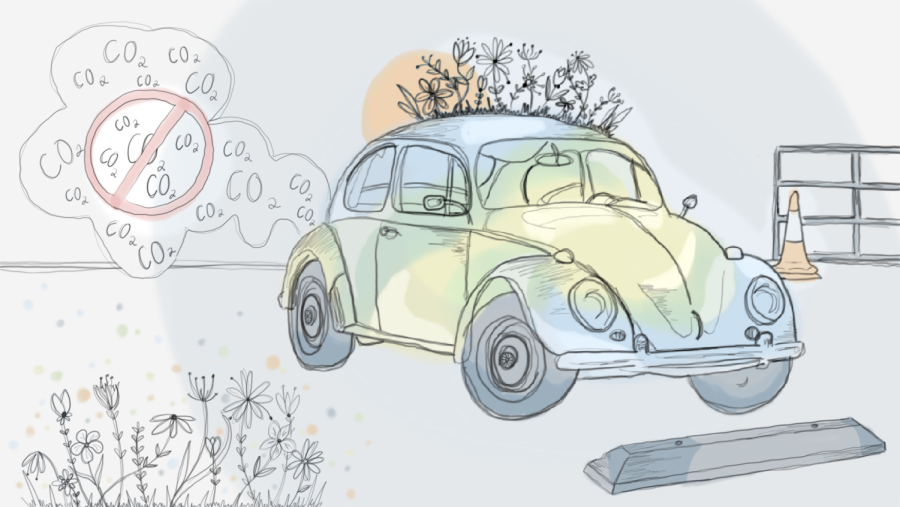


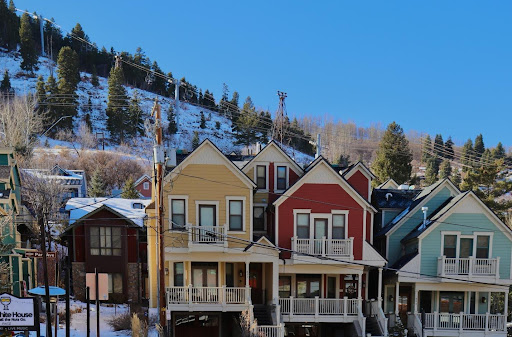

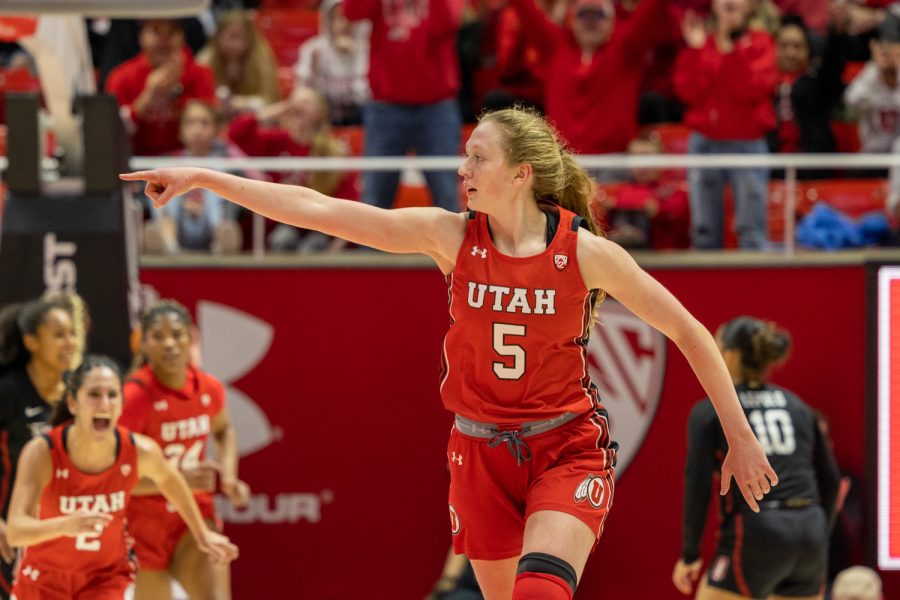
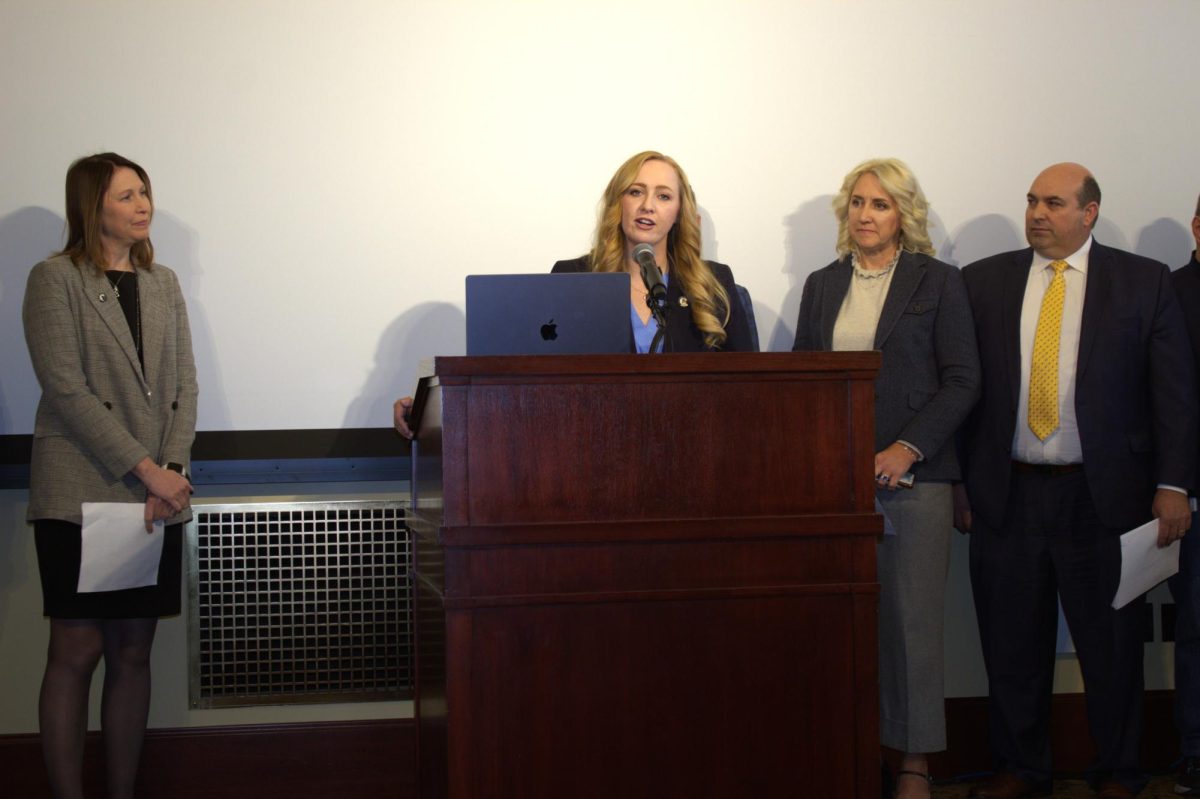
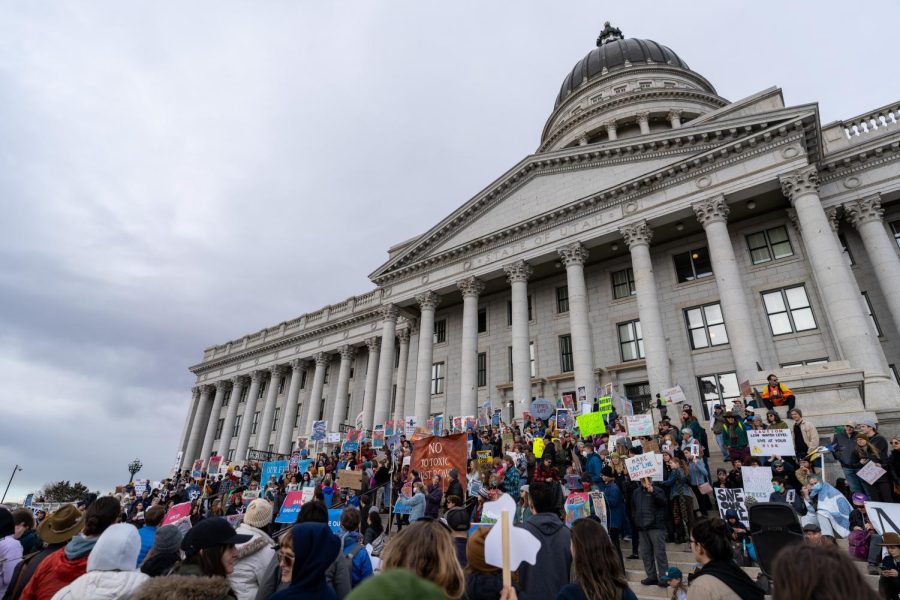
O'Connor Matthews • Oct 29, 2021 at 11:36 am
One of the greatest modern tricks has been to place the onus of climate preservation on individual citizens rather than large corporations.
Yes, I could take the bus to school. The first stop near my house starts at arrives at 6am – the time I need to already be on campus. Additionally, the bus ride is approximately 45 minutes each way, adding on a hefty amount of time to my day simply getting to and from work.
Trax, for myself at least, is honestly not much closer to travel to than to simply drive to campus.
The spin of “do the opposite of what’s intuitive for a clever opinion piece” has some interesting ideas, but need to be largely fleshed out.
Daniel Wells • Oct 29, 2021 at 10:11 am
It is interesting that the author ignores the distribution of parking and the permit associated with the new spots, while simultaneously ignoring the fact that the U recently bulldozed some of the more popular and cheaper spots (U permit accessible), like near the recreation center. Building spots that are financially or geographically not feasible for student commuting,while simultaneously bulldozing the spots that are the most useful and accessible, exacerbates the problem – and is a reflection of poor decision making if the goal is to increase parking availability.
If the goal is instead to push commuters to take mass transit, the university horribly misses the goal of making suitably convenient alternatives. The availability of shuttles, scooters, buses, and especially Trax is not even close to the level accessibility needed to entice most people. For example, many (not all) locations in Sugarhouse, which is an extremely popular living location for faculty and students alike, require at least two different buses, with a total commute time of 45 minutes to 1 hour. Alternatively, it’s less than a 20 minute drive.
But after all – I guess that’s why this is an opinion piece.
John Hedberg • Oct 29, 2021 at 9:26 am
Does adding more parking on campus really “further alienate” other forms of transportation? Who came up with that logic, when there’s plenty of room for all the individual choices?
The University of Utah, like most state universities, came into existence as a cost-effective means of providing higher educational opportunities to families and individuals who might find Harvard, or even Westminster, a little too top-heavy when it comes to costs and expenditures. This is the reason the U is referred to as a “commuter school”: people who register here are more likely than not to have jobs and lives that disallow them from meandering to the TRAX stop every morning and wasting an extra 45 minutes each way getting to their destinations. Public transportation is wonderful in Salt Lake Valley, and I’ve used it extensively, but it’s not for people who’s lives are full of responsibilities. It’s doesn’t go to a great many places of employment, it rarely allows you to drop the kids at school, it’s lousy for reaching and transporting your groceries after class and work, and it’s a maximal time waster for full schedules in general. I enjoyed using it when I had to, and I’m glad it’s there, but it’s not something to base a full life around if you have choices.
Half the parking at the Eccles Student Life Center was recently replaced for a “rain catch-water” project, which was rather inconsiderate and maladaptive toward human life, but I’m sure it made someone somewhere feel “virtuous”. Imagine building a brand new fitness center for the whole student population, and then eliminating the parking needful for half of them (commuters) to ever be able to use it, even while the fees are still being deducted from their student accounts? Wouldn’t it have made just as much sense to build a multi-level garage with a roof that could catch rainwater? Rainwater just detracted from the whole purpose of building a student fitness center, to keep human beings healthy who are under a lot of stress, and who often give just a little bit more than their resources allow. Feeling good about “being green” may be wonderful for Kermit the Frog, but when it disenfranchises hundreds or thousands of students from having time and space to use a fitness center they pay for, whether they get to use it or not, that’s not environmentally friendly, that’s inimical to the health (literally) our shared social environment, besides being selfish and clueless.
So, “imagine” a campus that’s actually geared to the real living needs of its students, all of them, not just to the ones who have few responsibilities and opulent time to play whenever they want to? If you want to save the planet on your own time, stop farting! Meanwhile, other people feel good about having jobs, families, necessary shopping, kids who need to be places for their own growth opportunities, and then there’s our own education. Huh! We can actually do it all, but not if the wealthy and self-righteous throw needless obstacles in the way of our tight schedules, just so they can find something to feel good about. Somehow, the majority of commuters would probably find that trade wanting, to one degree or another.
Hey, a word about Global Warming! Did you know that the vast majority of the planet’s open land is presently subarctic permafrost, and that rising temperatures are actually turning the Great North (Canada, Greenland, Russia, etc) green again for the first time in hundreds or thousands of years? The plants actually love the extra CO2: they crave it! Think of all that land turning green, and all the wildlife and agriculture we can move into it? We’ll be growing so much food, we won’t know what to do with it, and new wilderness preserves will be lost in all that massive expanse of open land. Sort of makes you smile, doesn’t it? We have a lot of work to do, and a lot to look forward to while we do it!
With Love,
J Hedberg
https://www.barnesandnoble.com/w/unsettled-steven-e-koonin/1137483249
“Steven Koonin draws upon his decades of experience—including as a top science advisor to the Obama administration—to provide up-to-date insights and expert perspective free from political agendas.”
Jason • Oct 29, 2021 at 9:15 am
This brings up some good points, but in all seriousness it has a lot of inaccuracies. While the university has “added more parking” its effects not being felt because parking has been taken away just as fast as its been built. New buildings replace older lots and constant construction takes even more. Not to mention that the university is adding more employees and student every year so the ratio of parking to personnel doesn’t change. Another issue is the location of these new parking lots. I understand not wanting to put an ugly parking lot in the middle of campus, but the new lots rarely seem to be anywhere of value for students, employees, or faculty. Another huge issue is the growing population of those with “reserved stalls”. I see these stalls empty all the time and they only hurt the situation. I would argue that the parking situation has absolutely declined when looking into the whole situation.